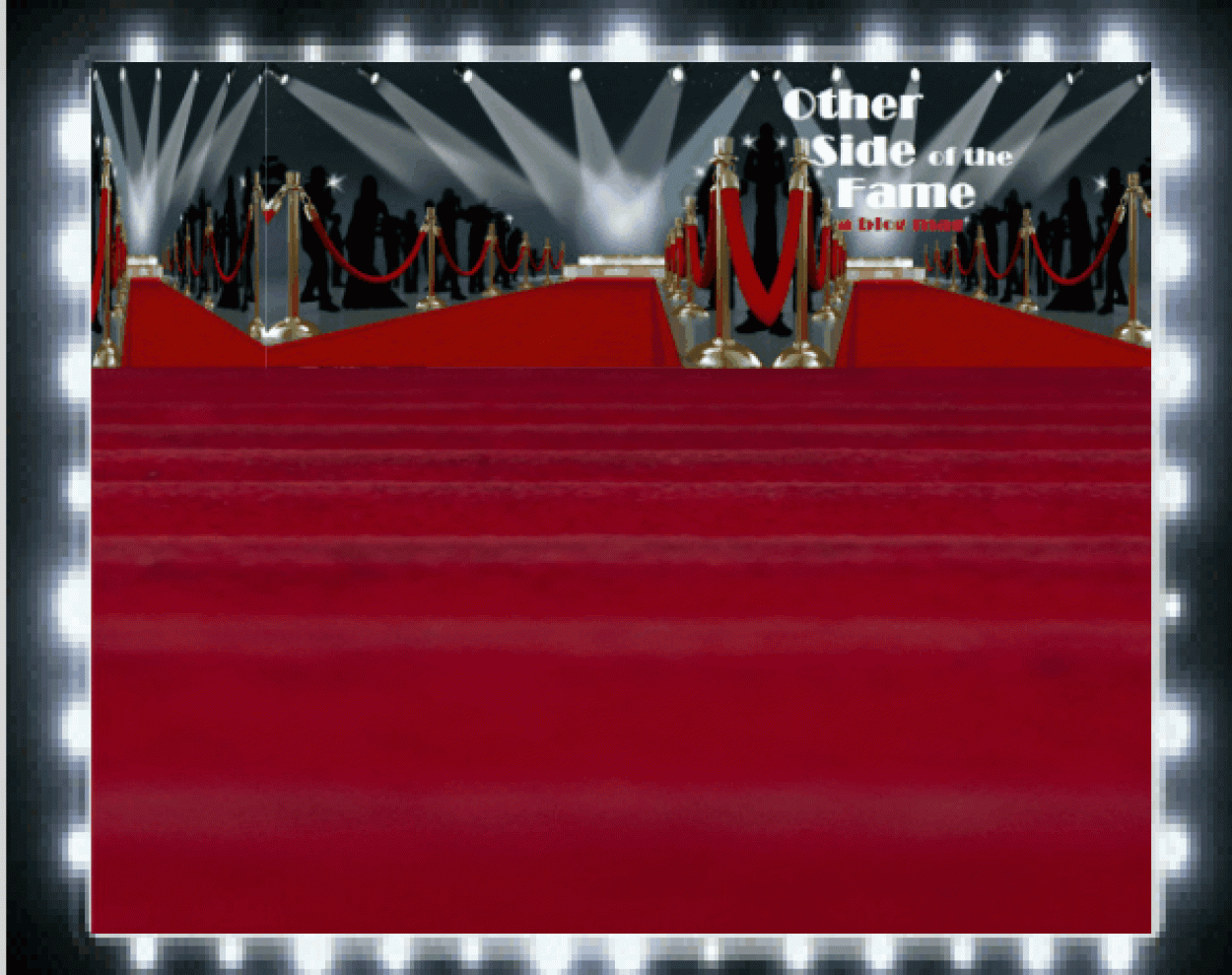Not that the government is into ingratiating themselves to any American for saving them any monies, (unlike you or I would for probably do as a result of someone having found a way to save us money), but just they ought to.
The above posted header atop this write up may not mean much to you at a glance but consider it having a $370 million price tag hanging from it.
 Although he’s not old enough for any government kickbacks or exemptions such that may benefit his individual tax situation yet, 14 year-old Suvir Mirchandani of Pittsburgh, Pennsylvania found a way to save the government $370 million dollars by researching the general cost of printing ink as a part of a sixth grade science project for his school (Dorseyville Middle School).
Although he’s not old enough for any government kickbacks or exemptions such that may benefit his individual tax situation yet, 14 year-old Suvir Mirchandani of Pittsburgh, Pennsylvania found a way to save the government $370 million dollars by researching the general cost of printing ink as a part of a sixth grade science project for his school (Dorseyville Middle School).
Survir also determined that he could save his local school system $21,000 per year if it switched from Times New Roman to another font with narrower strokes like Garamond (which reduced the ink consumption for printing school’s handouts by 24%).
What was his methodology?
Although the naked eye can visibly see the difference, he used a software program called APFill Ink Cover Computer software to calculate the percent difference of using a thinner font as compared to a thicker font and then published his results in the Journal of Emerging Investigators who in turn, asked him to evaluate the potential savings if the federal government switched fonts on their tax publications they send out every year. He gathered this information by using procedure he used for his school, but by sampling documents and forms from the Government Printing Office website.
According to his findings, it was estimated its annual cost of ink was somewhere around the $467 million dollar mark currently however, if it switched to Garamond [from its current font] the government would save the country $136 million dollars per year and an additional $234 million could be saved annually if state governments switched their fonts as well.
“The change is easy to make, but the results are so impactful. I was really surprised,” Suvir said.
He hasn’t heard anything back from the government as yet, but his findings has gotten national response. He’s been featured on CNN, ABC World News, Huffington Post, CBS and other media outlets. It is believed that Suvir’s findings may make a difference not only in government, but as well: businesses, schools, and in homes.
“I understand it’s hard to make a big universal change. I just hope individuals will begin to make changes, ” he explains.
This story totally interested me because as a writer, when I’m done writing and I move to typesetting-and turn into desktop publisher, as I’m producing the paperback book via classic Pagemaker 7.0 (now CS3); I am constantly playing with finding the best font for an easy page read for my readers, all the while trying to choose the best legible font that in turn will require I use less pages (which in turn, costs me less in production costs). Because as a publisher, you can pay up to $.15 per page once your typesetting is complete and ready to go to print. So font juggling for a writer/publisher/producing a paperback book is a very big deal. Just by changing fonts I, myself, have turned a 400+ page count trade paperback down to 200+ page count. (F.Y.I Interestingly, by contrast, book cover design/graphics is an altogether simple ballgame: Colored ink costs more than black ink-no matter the design on the cover). Pictures v. words are two different animals.
But who knew I could’ve patented the process and sent the government a proposal just by looking at their choice of font in their publications!
Geezel peetes.
Having said that, I can vouch for Suvir’s findings to be valid-even from the naked eye (no special percent-measuring computerized font program needed)-only by hands on experience from my home office, because I reduce paperback page count in ways like governments, schools and businesses will reduce the cost of ink for their publications (as a result of Suvir’s findings).
But while I’m sitting here obsessing over the fact that as a desktop publisher: “why didn’t I think of expanding my horizons outside of my own desk?!” Suvir is on to other endeavors.
In addition to the fact that his process will be entered into the international science fair, this past Friday, at his school’s science fair; he presented his latest project already: a web browser made for people with paralysis that enables them to use their cognitive functions in ways not yet available to them via other models.
Talk about inspiring.
There’s a lesson in this:
Sometimes your next or great big thing made be right in the palm of your hands or laying right across your very own desk, you just have to take a moment sometimes to look beyond it [your own desk]…
Source: Yahoo/Ellen Degeneres
Spitfire .
Media Maestro .
Writing Rhinoceros .

